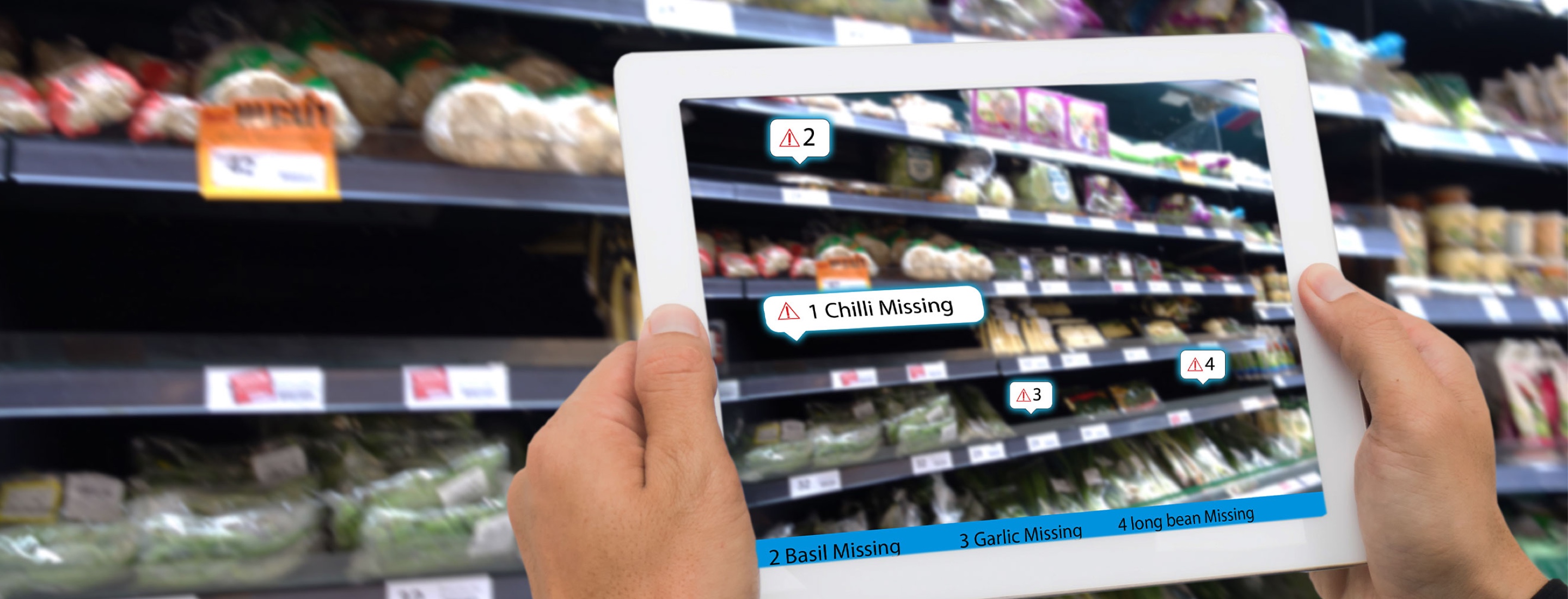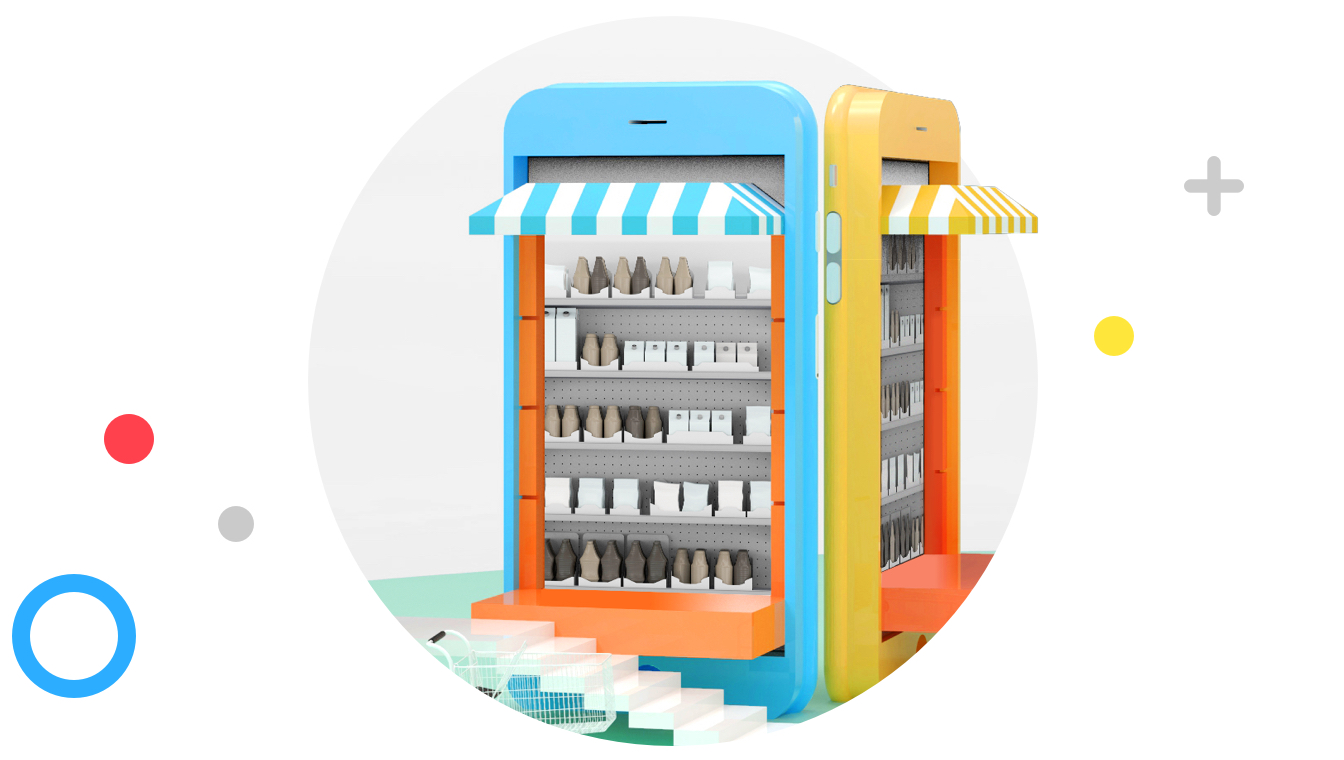Today, consumer products (CP) firms have access to some of the most advanced demand planning technologies available. However, when the unexpected strikes and consumer demand rapidly shifts, predictability becomes an unprecedented challenge – a harsh reality many brands faced at the onset of the COVID-19 crisis. As panic buying peaked, stock-outs of in-demand essentials like toilet paper, hand sanitizer and grocery staples swept stores and overloaded e-commerce sites – causing confusion and frustration for consumers who were also facing the uncertainties of living through a global health crisis.
CP firms have historically faced data challenges because of indirect relationships with consumers and lack of insight from retail partners. Once products reach the store, product movement is mostly out-of-sight until a point-of-sale transaction. Retail partners also often have little incentive to share additional data with CP firms because they’re not as impacted by single-brand stock-outs (or lack the real-time inventory visibility to do so themselves), leaving CP firms unable to immediately understand inventory levels at different locations and when stock-outs occur.
However, consumers have a stake in finding what they need and will use available tools like store locators, word-of-mouth and social media to find specific products. By tapping into these crowdsourced channels, CP firms can gain rich, real-time consumer insights necessary to fill in data gaps left by retail partners and help shoppers find what they’re looking for. CPs can then layer on machine learning models to predict demand at the shelf level (physical or digital) and pinpoint exactly when and where a consumer is likely to make a purchase – lifting sales while reducing risk within the supply chain.
“If you connect demand planning with direct consumer enablement, CP firms have a clearer picture of intent,” Scott Petry, SVP, head of engineering, NA, Publicis Sapient, said. “Even before COVID-19, consumers were looking for more convenient ways to buy goods outside of the traditional retail store. CP firms should look to find out how consumers want to buy their products, make that option available and learn from those interactions.”
The real-time shopper journey
When shoppers head to a big-box store or online marketplace, the convenience of getting multiple items at one location often outweighs individual brand loyalty. According to Retail Dive, if one brand is out of stock and another is available, 60 percent will simply purchase a substitute product or choose an alternate brand, compared to only 15 percent of shoppers who will switch sites to find the exact product they’re looking for.
This switch-off can cost CPs big. A study from the Grocery Manufacturers Association found that CPs could gain as much as $22 billion by recapturing sales lost to competitors. Repeated consumer acquisition and retention also leads to CP firms dedicating more budget to marketing, when they could be investing in other areas of the business that bring more value.
“Consumer products firms can use their budgets way more efficiently if they don’t constantly have to do acquisition marketing,” Kristen Groh, VP, consumer products, Publicis Sapient NA, said. “And one of the biggest factors contributing to that acquisition cost is the constant switching that happens between brands.”
To regain control over the customer journey, CP firms must have a strategy that leverages all engagement channels. The more real-time data CP firms can collect about what consumers want and how they behave in the process of making a purchase, the more likely the CP brand is to have products in the right place at the right time.











